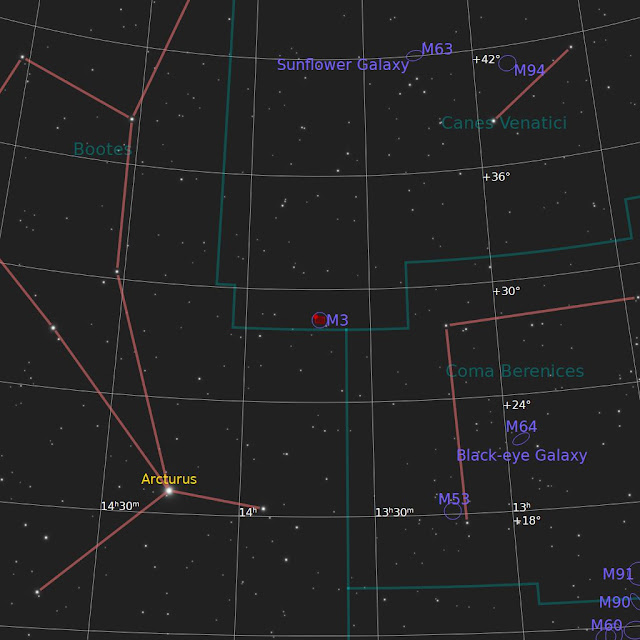And so it begins ...
Our astronomy club recently purchased a new camera for our club's observatory. Our existing line up of cameras were fantastic pieces of equipment but are older technology. The latest CMOS cameras offer higher sensitivity, lower noise, and faster download speeds. We purchased an OGMA AP26CC. OGMA is a new brand of camera. OGMA is located in North Carolina (sales, distribution, & customer support) and the cameras are made in China by Touptek. The AP26CC is based on the SONY IMX571 sensor used in many popular astronomy cameras like the ZWO ASI2600MCPro, QHY268, & Player One Poseidon. we decided to go with the OGMA as it cost a few hundred dollars less, US based support, and the package of accessories it comes with. Note: The AR window is not a UV/IR cut filter like the ZWO camera. However, the OGMA comes with a UV/IR filter and filter holder.
Thursday 5/16 was our imaging group's Tuesday Night session. Clear skies but a bright Moon. Perfect for trying out new gear. I got to the observatory after work, but as is the case this time of year, had to leave. It doesn't get dark enough to image until well after 9 pm. Difficult to stay on a work night. I went home and joined in via Zoom. The team decided to go after M3. This bright globular cluster should have no problem punching through the light pollution from the Moon. We didn't have any issues with connecting the camera to the club's Celestron 14" Edge HD. We used the default backspacing of 55 mm from the Focal Reducer and the results look spot on. No issues connecting to NINA. We used the recommended settings on the online manual for the camera on OGMA's website.
We captured 30 subs but were only able to stack 23 subs. WBPP in PixInsight rejected 7 exposures for some reason. This seems to be a fairly common occurrence when working with long focal length data. Here is the result.
 |
| 1st light with the club's new camera. M3 from the BMO. |
Processing:
All pre and post processing was performed in PixInsight. Pre-Processing: All subs were visually inspected with Blink and subs with issues were removed. All light Frames, Flats, Darks and Dark flats were loaded into WBPP. Linear Post Processing: Background extraction was performed with GraXpert followed by BXT (correct only). SPCC was used for Color Calibration followed by a full application of BXT. Noise was reduced with NXT. The image was made non-linear with HT. Non-linear Post Processing: Stars were removed with StarXT. Stars: Saturation was increased with CT. Starless: No processing of the starless image was performed. The only reason I removed the stars was to prevent color in the background when increasing saturation of the stars. The Stars and Starless images were combined with Pixel Math to produce the final image.
What is it?
Messier 3 or M3 is a very bright globular cluster in the constellation Canes Venatici. M3 contains about 500,000 stars. This cluster is roughly 8 billion years old.
 |
| An annotated image of M3. |
How Big is it?
This object has an apparent diameter of 18.0 arcminutes (1 degree is 60 arcminutes) on the night sky. It is 180 light-years (ly) in diameter.
How Far is it?
It is located about 33,900 light-years (ly) from Earth in the constellation Canes Venatici.
How to find it?
This object is visible in small telescopes and binoculars but is best viewed in a large Dobsonian like our club's 20" obsession. I like to draw an imaginary line between Arcturus and Cor Coroli (the star next to the "s" in Canes Venatici in the finder chart below. I also use the constellation Com Berenices to "triangulate" M3.
 |
| A finder chart for M3. |



